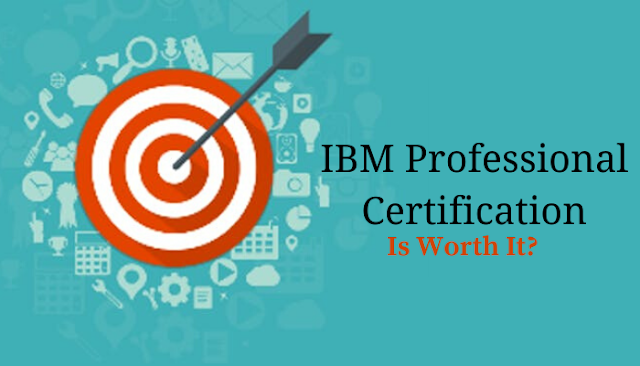With the new hybrid cloud enhancements we are announcing today (which will be generally available during this quarter), IBM Power Systems clients can be assured they have the right compute platform to help provide continuity of key business operations and processes and enable digital transformation by easily extending these workloads to private, public or hybrid clouds. They can continue to do so with the same performance, adaptability, resiliency and security they have come to expect from IBM Power Systems.
IBM Power Systems servers, new consumption models, and cloud capabilities are designed to help you optimize costs and improve continuity as you build a seamless hybrid cloud environment on the platform ranked the most reliable mainstream server for mission-critical applications. With IBM Power Systems combined with Red Hat OpenShift, IBM Cloud Paks and Red Hat Ansible Automation, you have the keys to a robust modern IT infrastructure that to help enable you to adopt new technology on your terms, whether driven by rapidly changing business requirements or global situations. Executing your hybrid multicloud strategy is simplified with IBM Power Systems:
◉ Flexibility and choice of cloud consumption models in on premises and public cloud
◉ Certification of SAP HANA and SAP Applications on IBM Power Virtual Servers
◉ Expanded global access, capacity and workloads for Power Virtual Server
◉ Simplified hybrid cloud management and AIX/ IBM i applications modernization for cloud agility
IBM Power Private Cloud, more servers, more choices
In 1Q20 we announced IBM Power Systems Private Cloud solutions for our scale-up servers; today we are expanding the offerings with dynamic capacity for the S922 and S924 scale out systems. The idea of dynamic capacity is not new to us. IBM Power has been offering capacity on demand since year 2007, and now with the IBM Power Systems Private Cloud solutions you can:
◉ Optimize your resource utilization and associated costs by sharing pay-per-use capacity across systems of the same model. Available for the E980, E950, S922 or S924
◉ Reduce CAPEX with new base minimum capacity, as low as 1 core and 256GB, and pay by the minute for capacity used above the aggregated base across systems
◉ Make informed decisions on capacity requirements utilizing IBM Cloud Management Console with granular, real-time & historical views of consumption
◉ Realize greater flexibility to co-locate existing AIX/IBM i and new cloud native applications with 3.2X more containers per core, 2.6X better TCO with OpenShift and 2X throughput improvement with our enhanced scale-out servers.
SAP HANA certification on Power Virtual Server
We are also announcing SAP Certified IaaS to deploy SAP HANA on IBM Power Virtual Server, extending the value we bring to SAP HANA clients. With this new solution, we combine the flexibility and choice of a hybrid environment to SAP customers, from classic SAP ECC on AIX to SAP S/4 HANA on Linux. IBM Power Systems has extended their lead in performance with the most powerful SAP certified server in our IBM Power Systems Virtual Server offering, measured using SAPS benchmark published by SAP.
More locations and capacity for Power Virtual Server
With growing demand and positive feedback from our clients, we are expanding the Power Virtual Server with more capacity in NA and EU and new availability in AP coming in the second half of 2020. These offerings encompass AIX, IBM i and Linux on Power. These are engineered so that customers running these operating systems can accelerate their hybrid cloud strategy execution development, pre-production, production and disaster recovery. With a consistent compute platform, clients can avoid refactoring business-critical applications, move data and processes to the cloud, and seamlessly extend to new Linux workloads.
Simplifying hybrid cloud management and automation
IBM Power Systems together with Red Hat OpenShift, IBM Cloud Paks and Ansible Automation is the modern infrastructure foundation for your digital transformation that will streamline the cost, deployment, automation and management of your hybrid multicloud environment. With 98 percent of surveyed organizations saying that they will be using multiple hybrid cloud environments by 2021, the future is clearly hybrid multicloud, and IBM Power Systems is the hybrid cloud compute platform specifically architected for your business-critical processes and operations.
Source: ibm.com


























